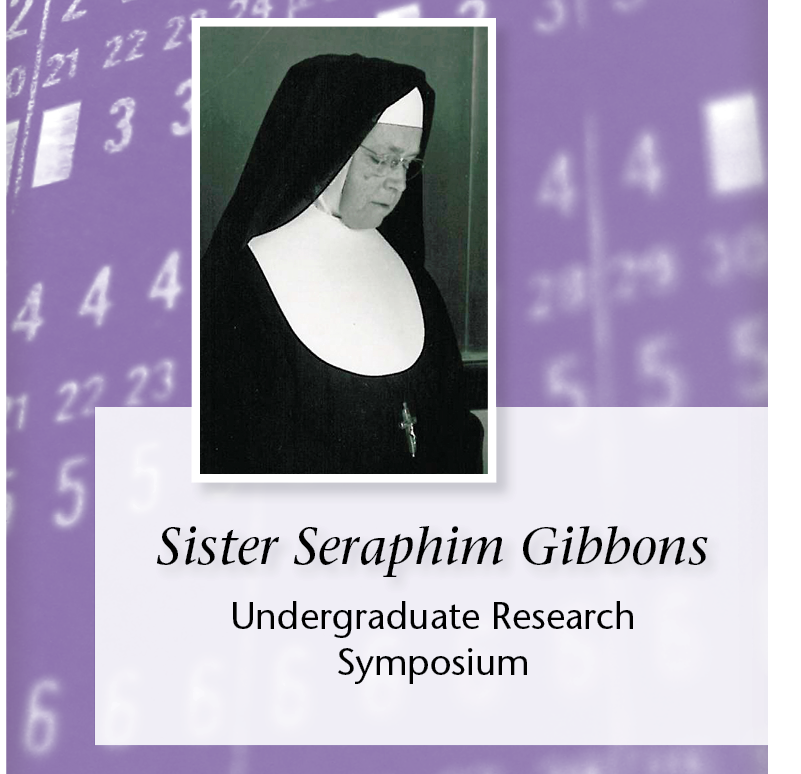Synthesis of Benzaldehyde from Benzene
Faculty Advisor
James Wollack
Department
Chemistry
Synthesis of Benzaldehyde from Benzene
A three-step process was used to turn benzene into benzaldehyde, which is a solvent, commercial food flavoring, and fragrance intermediate that is characterized by its almond scent. First, benzene was transformed into toluene using iodomethane and an anhydrous aluminum chloride catalyst. Second, N-Bromosuccinimide and a dibenzoyl peroxide catalyst were used to turn toluene into bromomethyl-benzene. Finally, potassium nitrite and 2,2,6,6-tetramethylpiperidyl-1-oxy were refluxed with bromomethyl-benzene to produce benzaldehyde. The reaction was made greener by replacing potassium nitrite and and 2,2,6,6-tetramethylpiperidyl-1-oxy with hydrogen peroxide and ethanol. Both hydrogen peroxide and ethanol are cost-effective. Ethanol, when compared to potassium nitrite, has a better National Fire Protection Association rating for health, flammability, and reactivity (0, 3, 0 versus 2, 1, 3). Ethanol also has a relatively high lethal dose for oral ingestion when compared to potassium nitrite (7060 mg/kg versus 200 mg/kg).
